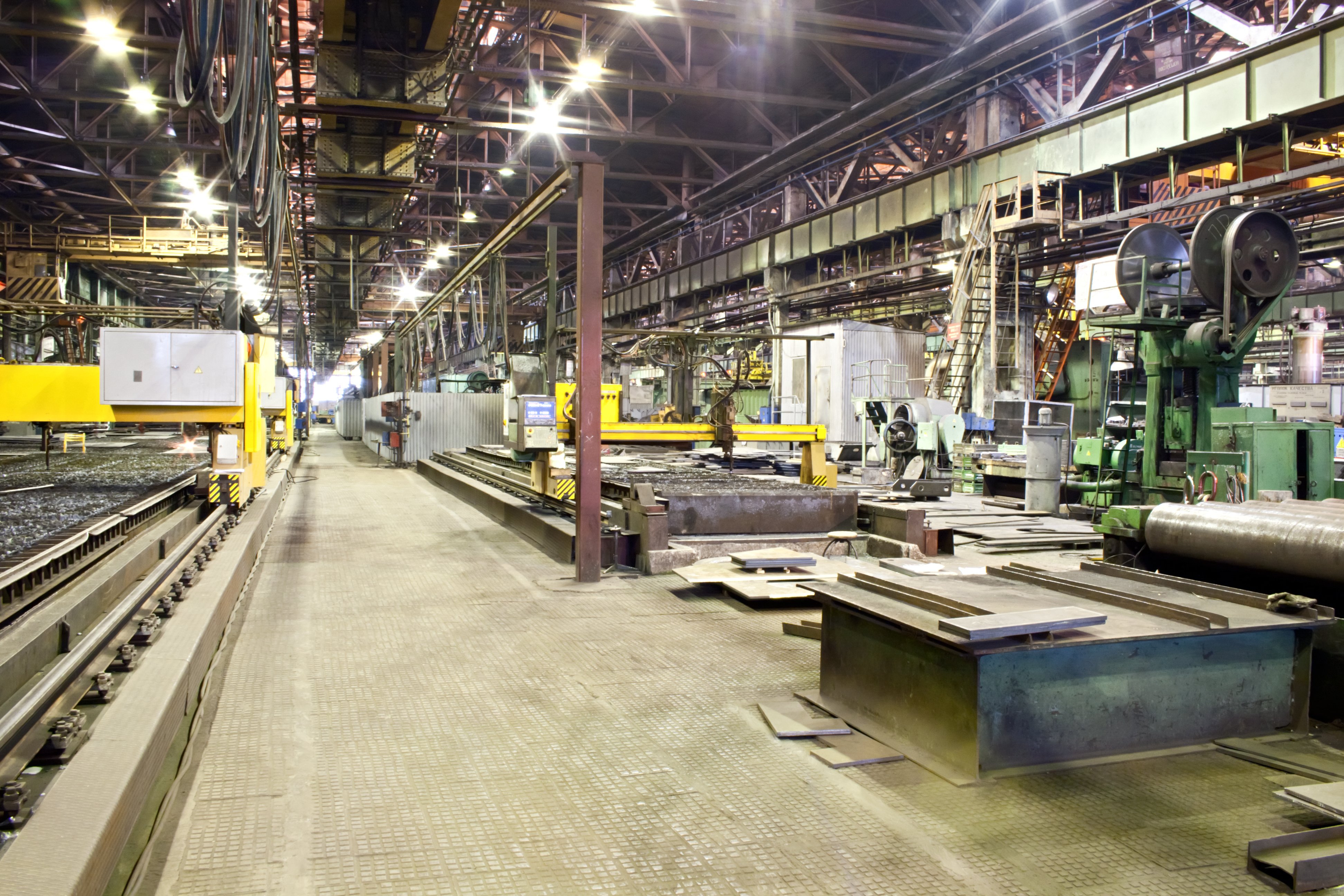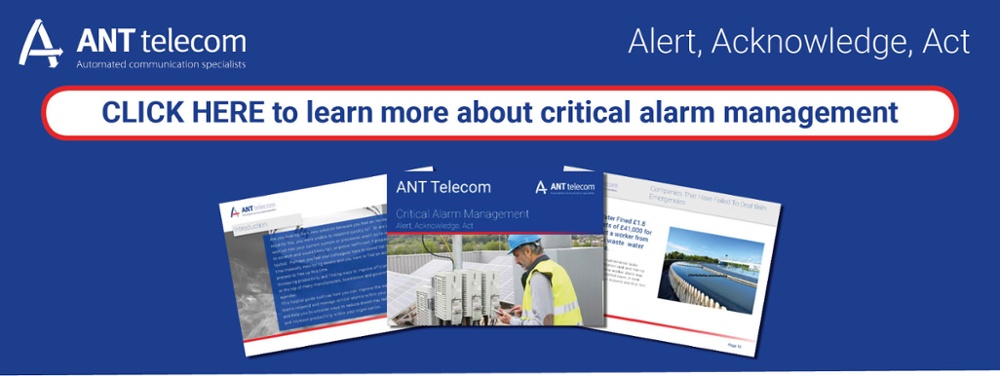
A manufacturing plant is a large and complex facility, housing a huge array materials, machinery, systems and employees. All of these components present their own unique challenges, but one problem that unifies them is communication. Specifically, the ability to relay pertinent information quickly and reliably when under time constraints. In order to preserve an efficient and safe business environment, it is crucial for companies to constantly be adapting to take advantage of new technology that can allow their employees to better communicate between different parts of a particular site and between different departments.
This is especially important in emergency situations, where mere minutes of downtime can cause significant losses or where a delayed response to an accident can lead to serious safety problems. Enhancing the communications between employees and supervisors means that decision makers can get the information they need before a situation spirals out of control. Even routine duties such as scheduled maintenance can be improved with effective communication between staff, as it lessens the amount of time needed to arrange and follow up on such tasks.
Additionally, a proper communications infrastructure will ease the burden placed on key staff when passing information between departments. Most manufacturing plants will have a control centre from where dedicated workers monitor the site’s alarm systems which oversee the day to day activities of the business. However, older alarm systems tend to require a large amount of human input in order to be effective. This means that control room staff can be placed under a high workload which may impair their ability to properly deal with or even recognise critical incidents as they arise. This is because they will be responsible for passing information directly between departments and updating managers as an emergency situation progresses.
In order to overcome these problems, we can turn to automation for help. A critical alarm management system can be bolted on to the site’s current alarm system and act as a buffer between alerts and control room staff, instantly categorising, assigning a priority to and arranging a response for issues as they are reported. This can be done by integrating directly with smartphones and other devices carried by employees, allowing specialist staff to be automatically assigned tasks based on availability and importance. Automated messages will be sent out once an alarm is received and if no response is forthcoming, the issue can be escalated to a supervisor, making sure that serious problems don’t go unnoticed. Taking advantage of machine to machine communication means that the alarm system can handle the vast majority of production issues that could result in significant downtime (such as machinery with parts in need of replacement) and give them a high priority before they result in financial losses or begin to endanger the safety of workers.
Automating the communication process allows staff to worry less about constantly updating each other and focus more on their given tasks, improving efficiency and allowing skilled employees to spend less time dealing with scheduling problems. Instead, the critical alarm management system shoulders the burden and only prompts for updates when necessary, ensuring that jobs are done and emergencies dealt with but leaving workers free to do their jobs. Control room staff will also have their workload lightened considerably, allowing them to focus on solving more complex problems and monitoring the responses to emergencies whilst leaving the mundane day-to-day scheduling to the computerised system.
Furthermore, the system acts as a centralised record for all issues within the plant, giving managers the ability to see at a glance what steps are being taken by employees in order to fix an issue. Whilst it eliminates a lot of the hassle associated with chasing staff members for important updates, this also means that serious incidents can be easily analysed after the fact, allowing companies to learn lessons and improve their processes where necessary. It also allows staff to be recognized for their direct contributions and for realistic performance targets to be set based on the gathered data.
Another advantage of the system is that it is designed with mobile tech in mind, keeping employees linked in even if they aren’t at a desktop workstation. This is especially useful for lone workers, who are in particular need of an alarm system that can track them whilst they move around the manufacturing plant and alert others if they have an accident. This can be accomplished by setting a device up with a panic button or software that passively detects falls or no movement (such as if a person becomes completely incapacitated) or which can notify them if they stray into a no-go zone within the site.
ANT supplies critical alarm management systems that fulfill all of the above criteria and bolt onto existing systems as a direct upgrade, causing no disruption to the day to day running of the manufacturing plant. Employees don’t have to be trained on completely new systems and their current smartphones can be used as a platform for the alarm system to send and receive notifications via a simple app. Furthermore, by using machine to machine communication, the critical alarm management system can receive data from devices and sensors already in place across the facility, with no extra requirement to upgrade existing hardware. As a consequence, both control room staff and workers on the factory floor will see no change to their working processes from day to day.
On top of this, ANT alarm communication technology gives lone workers the ability to easily use their existing communication devices to raise the alarm, as well as equipping them with a passive accident alert function. Not only does this help reduce the chances of an accident resulting in serious injury, but it also allows isolated technicians to input clear and detailed information about production issues into the alarm system. This can then be used to trigger an immediate response and managers can easily appraise themselves of the situation before looking to make complex decisions. In this manner, the business environment can be made both safer and more efficient at the smallest level.





